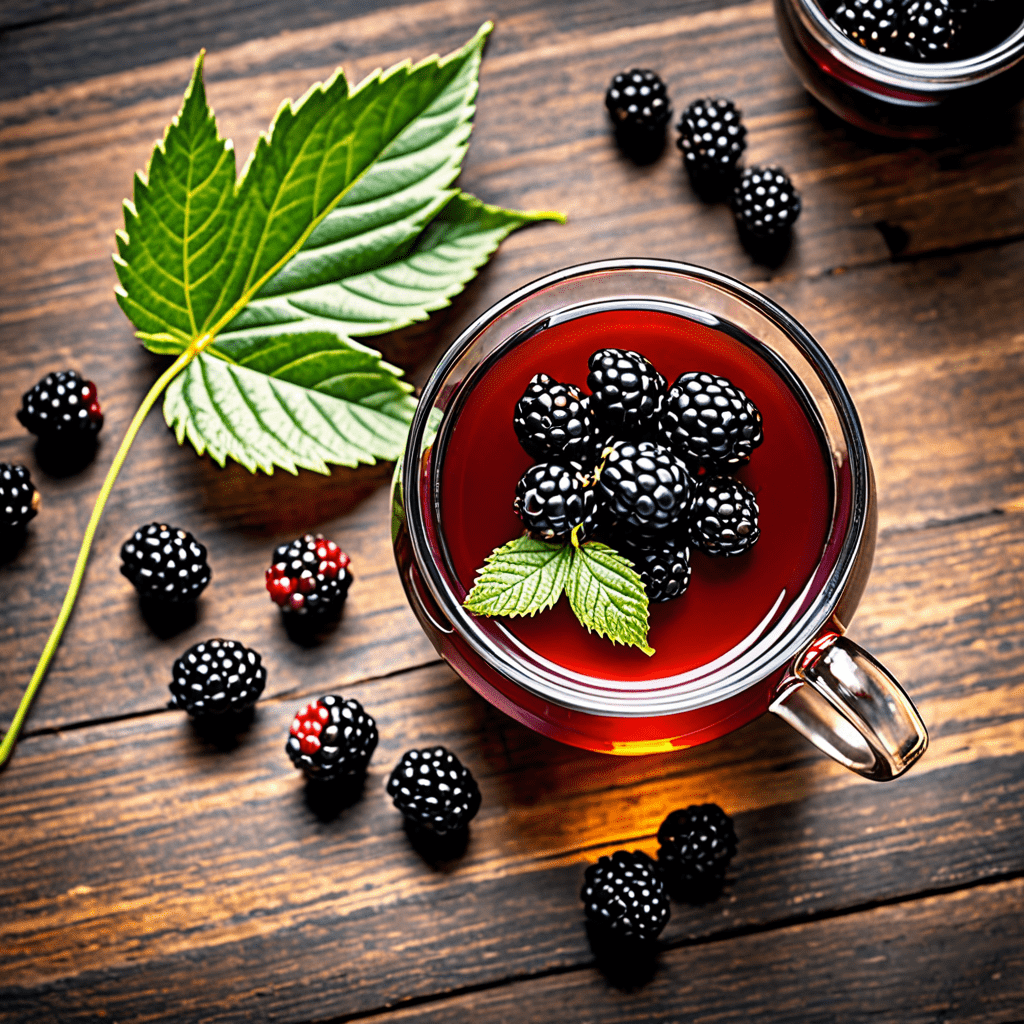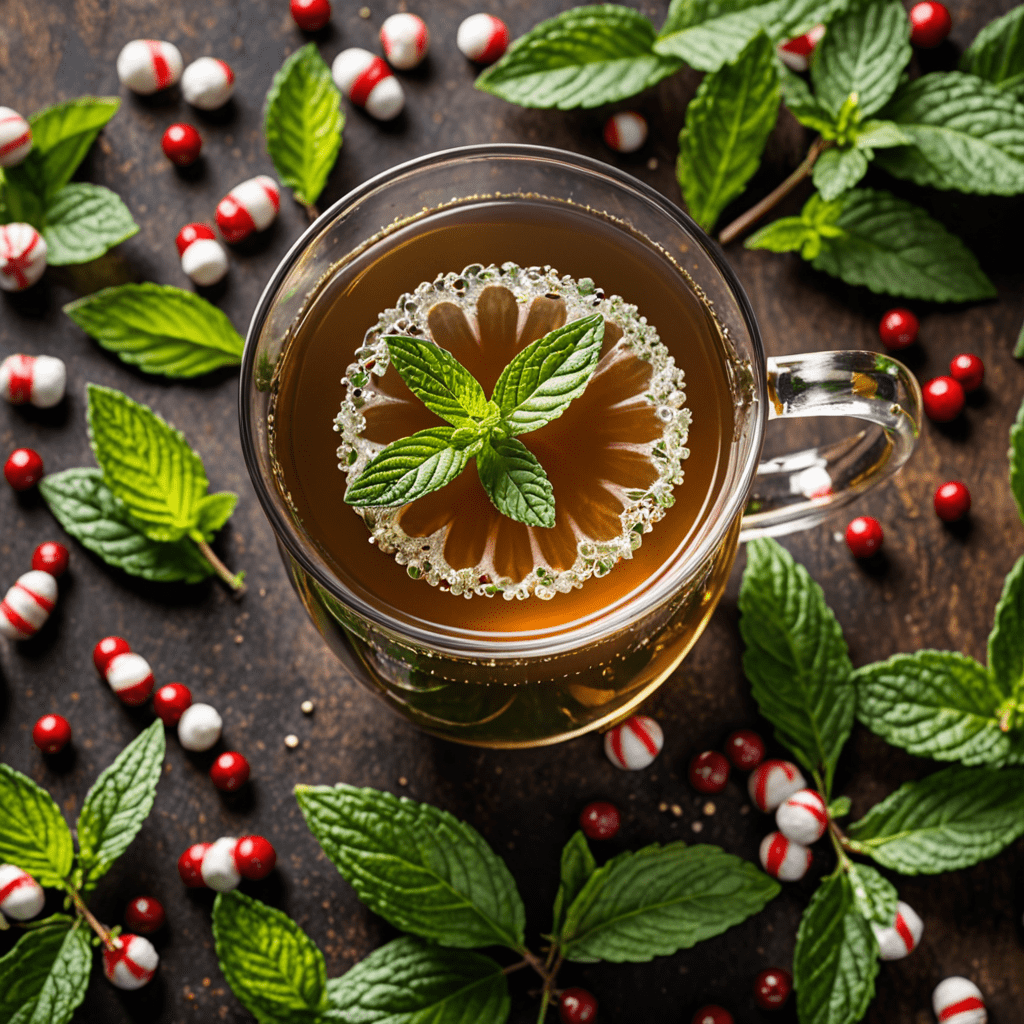The Enchanting History of Chai
Chai, the aromatic and comforting beverage, has a rich and captivating history that spans centuries. Originating in India, chai was initially crafted by mixing black tea with spices and herbs for medicinal purposes. As its popularity grew, chai became an integral part of Indian culture, enjoyed by people from all walks of life. Today, chai is a beloved beverage not only in India but across the globe, cherished for its warmth, flavor, and cultural significance.
Chai: A Symphony of Spices
The distinctive flavor of chai lies in its harmonious blend of spices. Traditional chai recipes often include spices such as cardamom, cinnamon, ginger, cloves, and black pepper. Each spice contributes its unique aromatic and flavor profile, creating a symphony of flavors that tantalizes the taste buds. The proportions and combinations of spices can vary depending on regional preferences and personal tastes, resulting in a diverse array of chai experiences.
The Health-Boosting Elixir
Beyond its captivating flavor, chai is also renowned for its potential health benefits. The spices used in chai possess various medicinal properties, including anti-inflammatory, antioxidant, and digestive-aiding qualities. Studies have suggested that regular consumption of chai may support overall well-being, boost immunity, and improve digestion. However, it’s important to note that the health benefits of chai may vary depending on the specific spices used and the frequency of consumption.
Brewing the Perfect Cup
To savor the true essence of chai, it’s essential to brew it with care and attention. The traditional method involves simmering black tea leaves with spices in milk and water. The length of steeping time can impact the intensity of the flavor, allowing for customization to suit individual preferences. Sweeteners like honey or sugar are often added to balance the spicy notes, creating a harmonious and delectable beverage.
Chai Around the World: Regional Variations
As chai embarked on its journey beyond India, it encountered various cultural influences, resulting in regional variations in its preparation and flavors. In Tibet, for instance, yak butter is added to the chai, imparting a rich and creamy texture. In the Middle East, chai often incorporates a blend of spices like saffron, nutmeg, and cardamom, adding a distinct aromatic character. These variations showcase the adaptability of chai, embracing local ingredients and culinary traditions while retaining its core essence.
6. The Cultural Significance of Chai
Chai holds a special place in Indian culture, deeply entwined with social interactions, traditions, and religious ceremonies. It is often served as a welcoming gesture to guests, fostering a sense of warmth and camaraderie. Chai stalls, known as "chai adda," are popular gathering places where people socialize, discuss current events, and share laughter. Chai has also been integral to religious rituals, with special blends prepared for festivals and spiritual offerings.
7. Chai Rituals and Celebrations
Chai is more than just a beverage; it is a symbol of cultural traditions and festivities. In India, the preparation and serving of chai is often accompanied by specific rituals and ceremonies. During the holy festival of Diwali, for instance, chai is infused with fragrant spices and shared as a symbol of prosperity. In some parts of the country, chai is offered to the gods and goddesses as part of religious ceremonies, expressing devotion and seeking blessings.
8. Modern Adaptations and Innovations
In recent years, chai has witnessed a surge in popularity beyond traditional boundaries, leading to creative adaptations and innovations. Modern variations of chai incorporate ingredients like green tea, fruit juices, and even coffee, offering a diverse range of flavors to suit contemporary palates. Chai-inspired cocktails and desserts have also emerged, showcasing the versatility and appeal of this beloved beverage.
9. Pairing Chai with Delicacies
Chai pairs exceptionally well with a variety of culinary delights, both savory and sweet. Its aromatic spices complement the flavors of traditional Indian snacks, such as samosas, pakoras, and jalebis. Chai is also a delightful accompaniment to Western pastries, cookies, and cakes. The warmth and richness of chai enhance the sweetness of these treats, creating a harmonious taste experience.
10. Chai as a Comforting and Inspiring Beverage
Chai transcends its role as a beverage; it is a source of comfort, solace, and inspiration. Its warmth embraces the body and soul, providing solace on chilly days or during moments of reflection. The aroma of chai has been used in aromatherapy for its calming and uplifting effects. Its versatility allows for customization to cater to individual preferences, making it a personal beverage that reflects one's unique tastes and aspirations.
FAQ
1. What are the key ingredients of traditional chai?
Traditional chai typically includes black tea, milk, water, cardamom, cinnamon, ginger, cloves, and black pepper.
2. Is chai caffeinated?
Yes, chai contains caffeine due to the presence of black tea. The caffeine content can vary depending on the strength of the tea leaves used.
3. How do I brew chai at home?
To brew chai at home, combine black tea leaves, spices, and water in a saucepan. Bring to a boil and then reduce heat, simmering for 5-10 minutes. Strain into cups and add milk and sweetener to taste.
4. What are some variations of chai?
Chai can be varied by using different spices, such as saffron, nutmeg, or star anise. It can also be prepared with green tea or flavored with ingredients like fruit juices or honey.
5. Is chai healthy?
Chai can be a healthy beverage due to the spices it contains, which possess antioxidant and anti-inflammatory properties. However, adding milk and sweetener can increase its calorie and sugar content.

